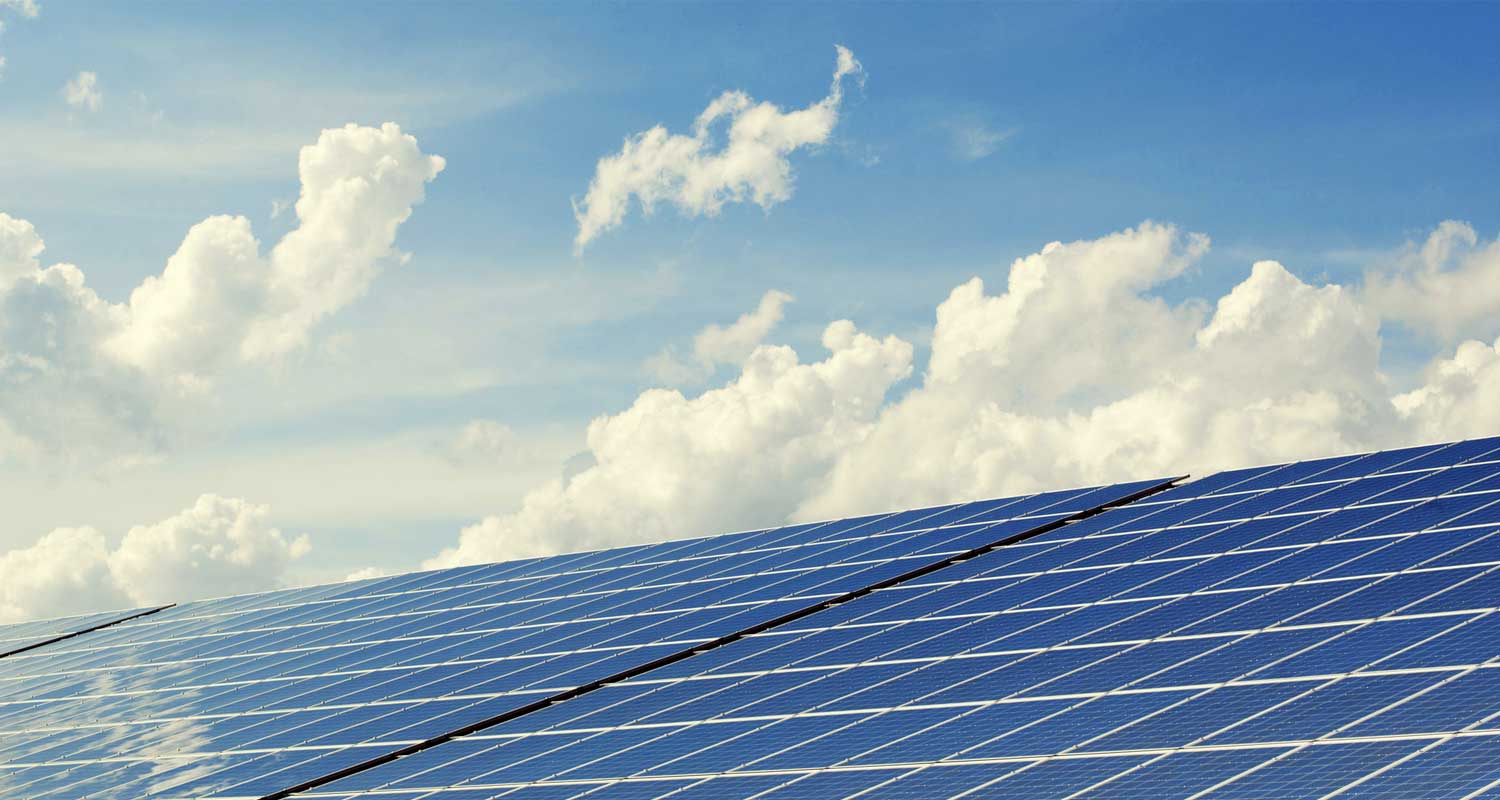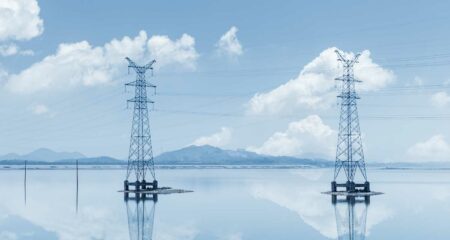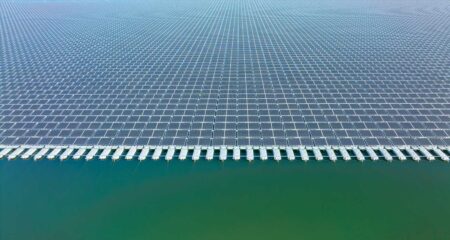 The authorities in charge of the world’s largest dam are considering using floating solar panels to generate power after plummeting water levels deepened power outages in Zambia and Zimbabwe.
The authorities in charge of the world’s largest dam are considering using floating solar panels to generate power after plummeting water levels deepened power outages in Zambia and Zimbabwe.
Adding photovoltaic capacity to the surface of the Kariba Dam would supplement the more than 2.1GW of hydropower capacity, Munyaradzi Munodawafa, CEO of the Zambezi River Authority, which manages the dam, said in an interview. A similar proposal is being considered for the nearby Batoka Gorge, where another hydro project is being developed, he said.
“There are lots of areas that can provide that solar,” Munodawafa said.
Interest in floating solar panels has increased in recent years, according to the International Energy Agency. The installations avoid competing for land, boost yields because of the cooling effect of water, and have the potential to reduce the evaporation of water bodies. Large-scale projects have been planned for reservoirs in India and Singapore.
A prolonged drought has cut output at Kariba and resulted in Zambia and Zimbabwe’s state power utilities being unable to meet electricity demand. Overuse of the dam compounded the problem at the start of the year, when reservoir levels fell to less than 1% of usable storage. While inflows have been picking up since January, the station is also susceptible to the effects of climate change.
‘Climate change’
Rainfall patterns have become a concern, evidenced by the lack of inflows to the dam from the Gwayi River in Zimbabwe, Munodawafa said.
“Right now everyone sees a lot of rain, but on the ground the lower catchment that was supposed to give us more water did not,” he said. “That’s climate change.”
The Zambian and Zimbabwean utilities have yet to make a decision on the use of the floating solar panels and determine how much such a project would cost, Munodawafa said. — Godfrey Marawanyika, (c) 2023 Bloomberg LP



